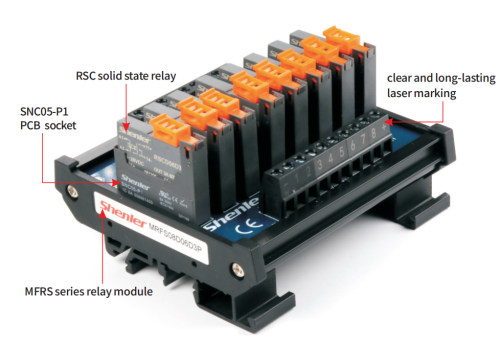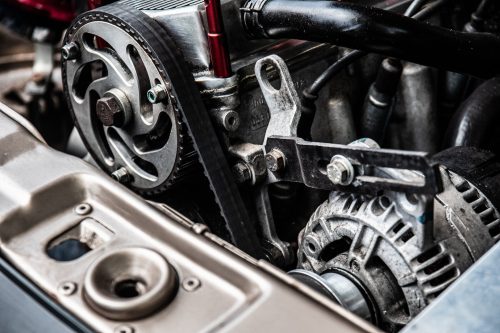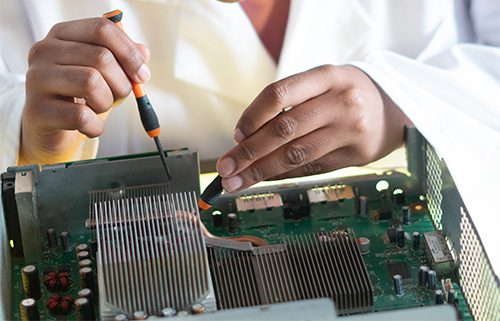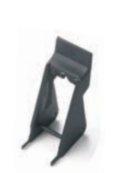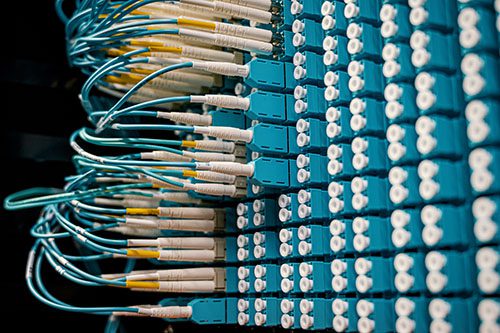Components of an SSR
SSRs use a different kind of semiconductor material instead of mechanical contacts to switch electrical signals.
The main components of the SSR include:
Control Circuit: This circuit includes input signal conditioning for conditioning the input signal to the output drive circuit. The input signal can be AC or DC, depending on the type of SSR.
Output Drive Circuit: This circuit consists of output drive transistors or thyristors, which are used to switch the load. Output driver circuits are usually designed to handle load current and voltage.
Isolation circuit: The isolation circuit is used to isolate the control circuit and the output drive circuit. This is necessary to prevent any interference between the control and output circuits.
Heat sink: Since the SSR generates heat during operation, a heat sink is required to dissipate this heat. Heat sinks are usually made of aluminum or copper and are designed to provide effective cooling to the SSR.
Overvoltage Protection Circuit: This circuit is used to protect the SSR from high voltage spikes that could damage the output drive circuit.
Status Indicators: Typically contain LEDs or other status indicators to provide a visual indication of SSR operation.
Types of solid-state relays
SSRs are classified by their specific input circuitry, which is directly related to the output they achieve. Electrician-approved SSRs fall into three basic categories: reed relay coupled, transformer coupled, and optocoupled.
Reed Relay Coupled SSR
It applies a control signal directly to the coil of a Reed Relay. When the reed switch is closed, it activates a circuit that will trigger the thyristor switch.
Transformer-coupled SSR
It receives the input signal through a DC-AC converter, or directly if the current is AC. AC current is sent to a very low-power transformer, which triggers the thyristors to switch. The exact input-output configuration in such an SSR will depend on how the transformer is designed.
Opto-coupled SSR
It applies a control signal to a light or infrared light source. The photosensitive semiconductor then detects the radiation and switches the load. The beam is the only “coupling path” between input and output in this type of SSR.
